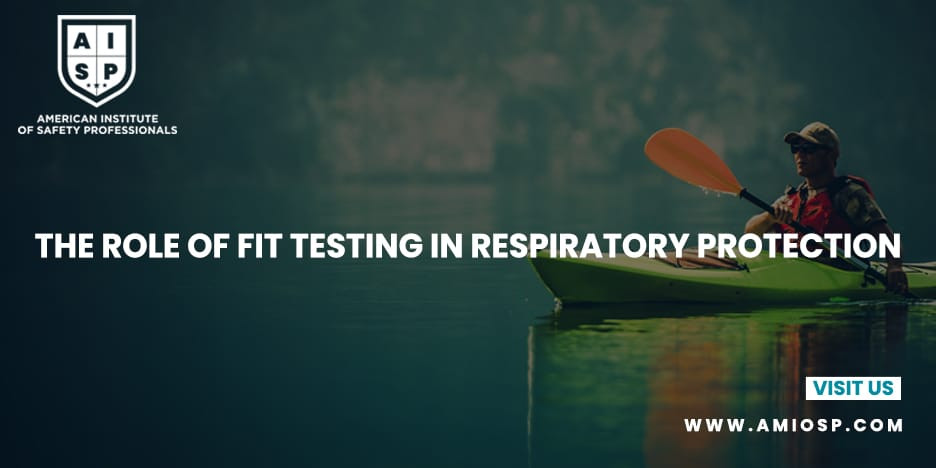Fit testing is a critical component of an effective
respiratory protection program. It ensures that the respirators worn by
employees provide an adequate seal and protect against the inhalation of hazardous
substances. In this blog, we will explore the importance of fit testing and its
role in enhancing respiratory protection in the workplace.
1. What is Fit Testing?
Fit testing is a method used to assess the effectiveness of
a respirator's seal on an individual's face. It determines whether the
respirator forms a tight seal to prevent airborne contaminants from entering
through gaps between the face and the respirator. Fit testing is conducted
using specific protocols and techniques to ensure accurate and reliable
results.
2. Importance of Fit Testing
Fit testing plays a crucial role in respiratory protection
for several reasons:
- Ensures
Proper Protection: Fit testing ensures that the selected respirators
provide the intended level of protection. A poorly fitting respirator may
allow hazardous substances to bypass the filtering mechanism, putting the
wearer at risk of respiratory illnesses or injuries.
- Reduces
Occupational Exposure: Fit testing helps minimize occupational
exposure to airborne contaminants. By confirming a proper fit, employees
can work with confidence, knowing they are adequately protected against
respiratory hazards.
- Complies
with Regulations: Fit testing is often a legal requirement in many
jurisdictions. Regulatory agencies mandate fit testing to ensure that
employers take necessary measures to protect their employees' respiratory
health.
- Promotes
Confidence and Compliance: Fit testing promotes a culture of
compliance and confidence in respiratory protection. Employees who undergo
fit testing are more likely to understand the importance of wearing
respirators properly and are more likely to adhere to workplace safety
protocols.
3. Types of Fit Testing
There are two main types of fit testing: quantitative fit
testing (QNFT) and qualitative fit testing (QLFT).
- Quantitative
Fit Testing (QNFT): QNFT involves using specialized equipment to
measure the amount of leakage that occurs between the face and the
respirator. This method provides an objective numerical value, known as a
fit factor, to assess the respirator's fit.
- Qualitative
Fit Testing (QLFT): QLFT relies on the wearer's subjective response to
a specific test agent, such as a bitter or sweet solution. The wearer's
ability to detect the test agent's taste or smell indicates whether the
respirator has a proper fit.
4. Frequency of Fit Testing
Fit testing should be performed initially when an employee
starts using a new respirator model or size. Additionally, fit testing should
be repeated periodically to account for changes in facial features, weight
fluctuations, or significant alterations in the workplace that may impact the
respirator's effectiveness. It is generally recommended to conduct fit testing
at least once a year, although more frequent testing may be necessary in
high-risk environments.
5. The Role of Proper Training
Proper training is essential in conjunction with fit
testing. Employees should receive comprehensive training on how to correctly
don and doff respirators, achieve a proper seal, conduct a user seal check, and
identify signs of an ill-fitting respirator. Training should also cover the
limitations of respirators and the importance of using other control measures
in conjunction with respiratory protection.
Conclusion
Fit testing is a vital process in respiratory protection
programs. It ensures that respirators fit securely and provide effective
protection against airborne contaminants. By conducting fit testing, employers
can reduce occupational exposure, comply with regulations, and promote a
culture of safety and compliance. Remember, fit testing should be accompanied
by proper training to educate employees on the correct use and maintenance of
respirators. Together, fit testing and training form a robust foundation for
respiratory protection in the workplace, safeguarding employees' respiratory
health.












0 comments
No Comments